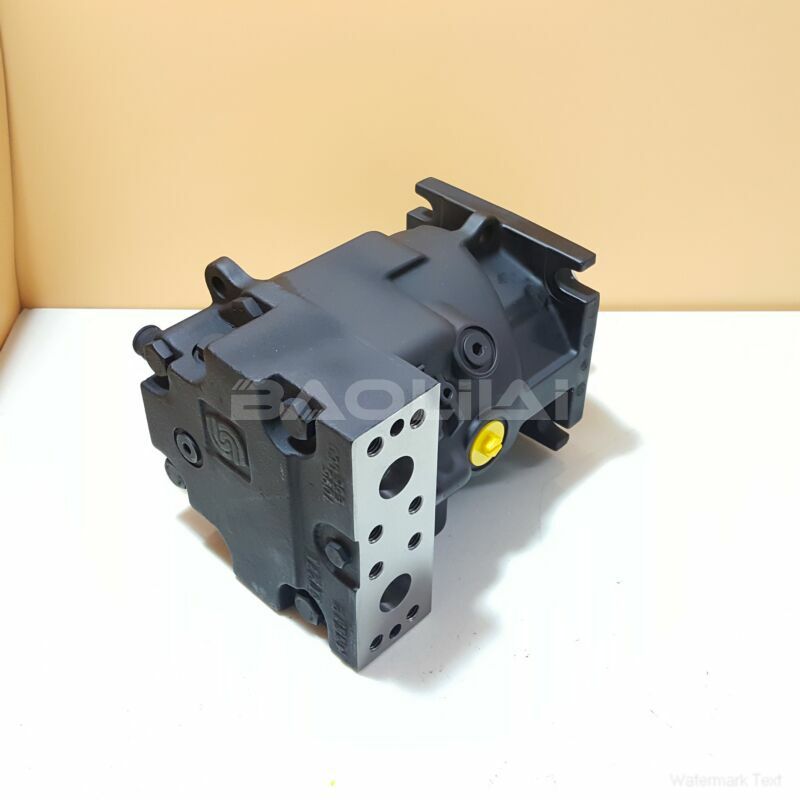90M055NC0N7N0S1W00NNN0000E6 sauer danfoss motor
90M055NC0N7N0S1W00NNN0000E6 sauer danfoss motor

- Product Details
- Applicable Scene
In today’s world, efficient heating, ventilation, and air conditioning (HVAC) systems are essential for maintaining comfortable indoor environments while minimizing energy consumption. One of the critical components influencing the performance of HVAC systems is the motor used in fans, pumps, and compressors. High voltage motors, in particular, can offer significant advantages when integrated into HVAC applications, leading to enhanced performance, reliability, and energy efficiency.
90-M-055-NC-0-N-7-N-0-S1-W-00-NNN-00-00-E6
90M055NC0N7N0S1W00NNN0000E6
High voltage motors generally operate at voltages greater than 1000 volts, which allows for a reduction in current drawn compared to standard motors. This crucial characteristic can lead to several beneficial outcomes, especially when large-scale HVAC systems are involved. Here are some key strategies for optimizing HVAC systems using high voltage motors:

9431102C
Increased Energy Efficiency: High voltage motors are inherently more efficient than their low voltage counterparts. Their design typically allows for reduced losses in electrical conduction and improved thermal performance. By incorporating these motors, HVAC systems can significantly lower energy consumption, resulting in reduced operational costs and a smaller carbon footprint.
Enhanced Scalability: Large commercial or industrial HVAC systems often require multiple motors to operate various components efficiently. High voltage motors can be centralized in a way that reduces the need for multiple transformers and power distribution equipment. This simplification leads to easier scalability as systems grow, allowing for the addition of more units or capabilities without major overhauls.
Improved Reliability and Maintenance: High voltage motors generally have longer lifespans and require less maintenance compared to lower voltage motors. Their robust construction and ability to operate over longer periods without overheating contribute to this reliability. In an HVAC context, this translates to decreased downtime, lower maintenance costs, and an enhanced ability to maintain indoor comfort levels consistently.





